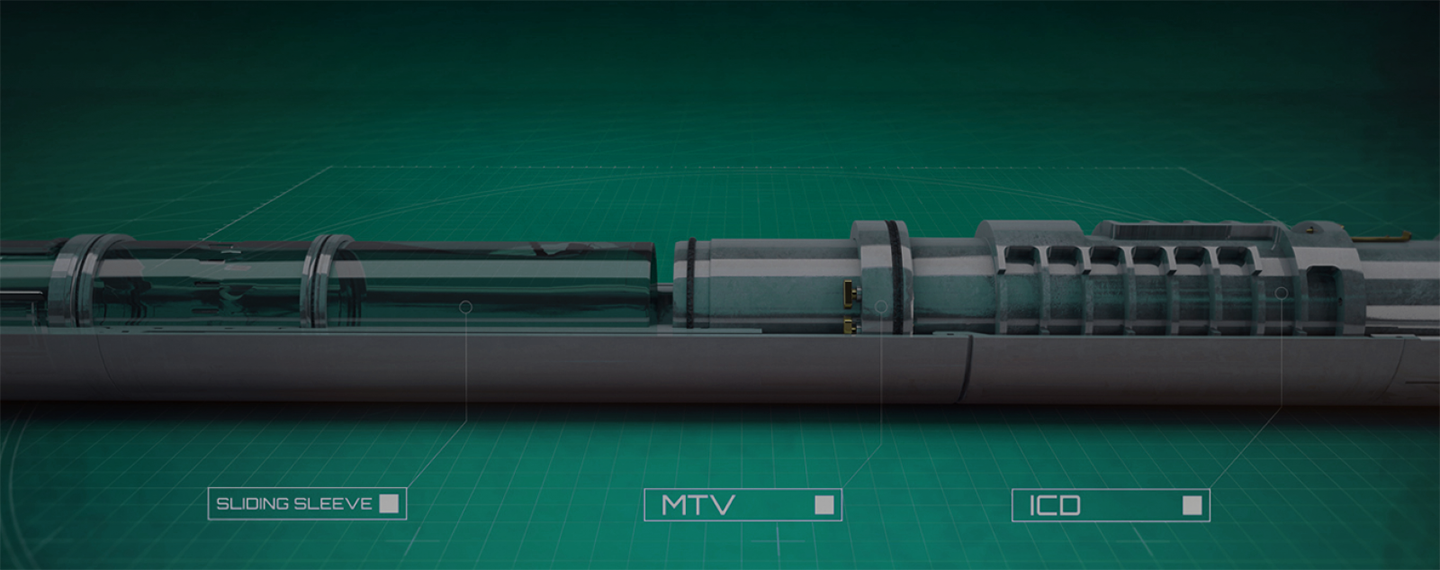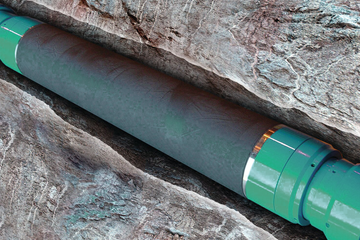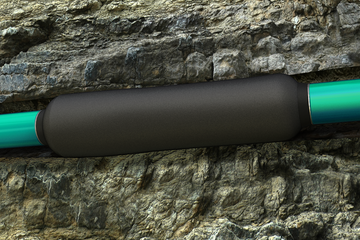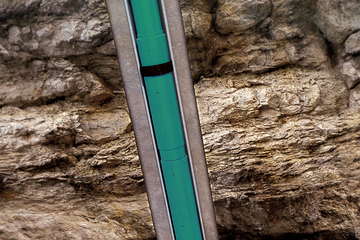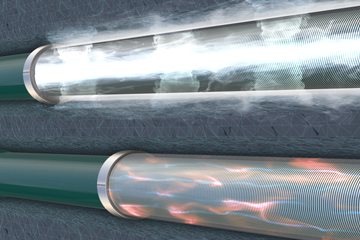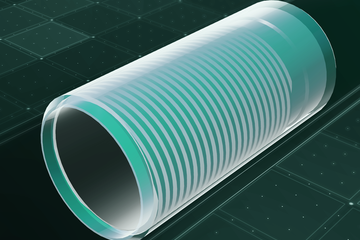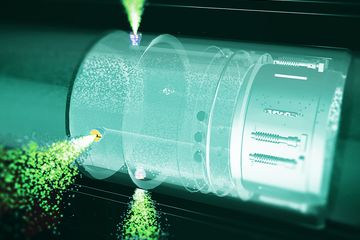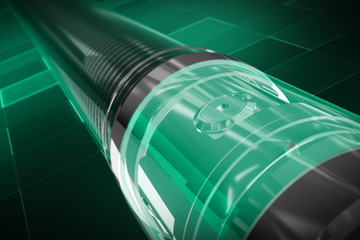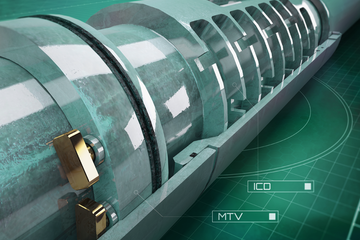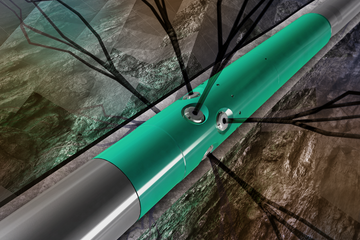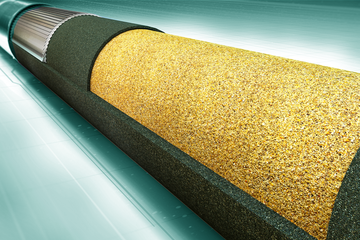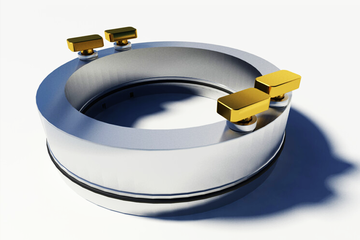Uneven formation pressures can cause early water breakthrough in a well. Once water interrupts the flow of hydrocarbons, your production — and, ultimately, your recovery — can drop significantly. Placing inflow control devices (ICDs) at intervals across production zones can help balance hydrocarbon flow as it enters the production string. This helps stabilize production, where the flow properties of the ICD can actually push back against high-pressure sections to stimulate flow from sections with lower formation pressures. ICDs from Baker Hughes can be tuned as needed to optimize production along the lateral and control unwanted fluids from entering the wellbore.
In wells where fluid, water, or steam are injected to encourage hydrocarbons to flow into a second nearby well, this same technology is used in ICDs to balance injection pressures along the entire injection interval. Our ICDs provide control for compartmentalized injection along the lateral allowing for more effective secondary recovery efforts, better reservoir control, and higher ultimate recovery.
ICDs and autonomous inflow control devices (AICDs) typically are used in combination with screens to extend reliability. Regardless of your specific application, our wide range of ICDs, AICDs, passive control systems, sliding sleeves, and accessories can help you improve both production and recovery.
Contact your local Baker Hughes representative today to find out how we can help you balance the flow of your hydrocarbons and improve recovery.


